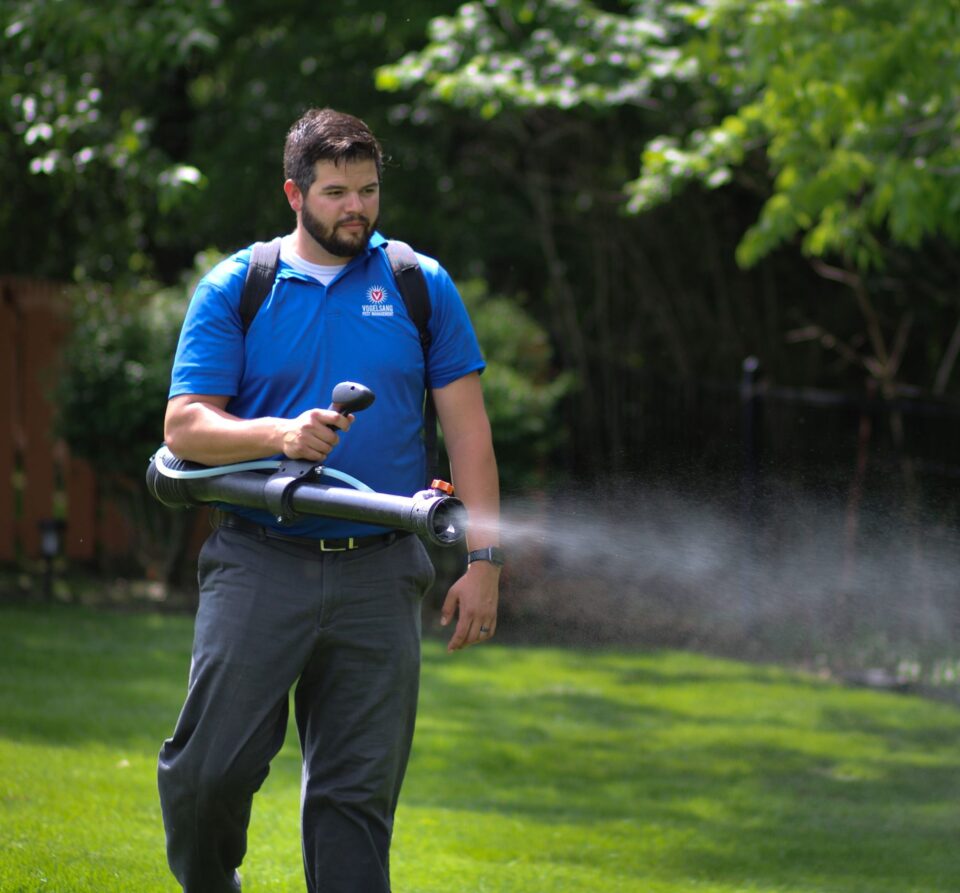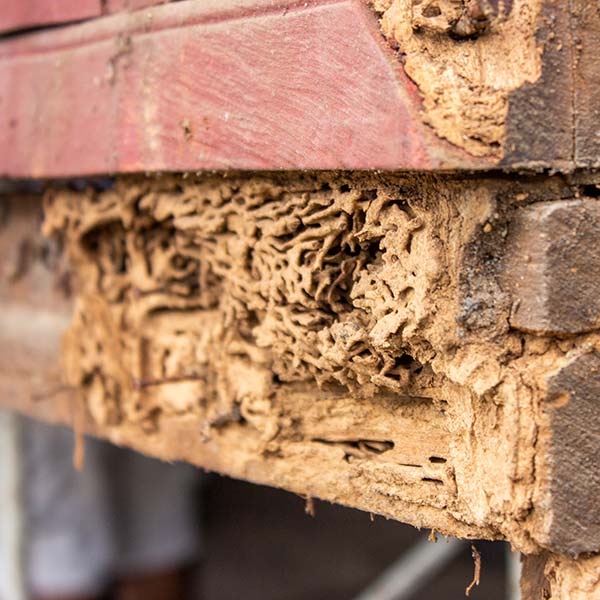Pest Library
Common Household Pests in Our Region
We don’t expect you to be an expert on common household pests. That’s our job. However, as a homeowner, it can be helpful to have a resource to help you identify a bug, insect, or rodent at the first sign of one in or around your home. Chances are if you see one, there are others close by. Read on further to learn more about different pests commonly found in the O’Fallon, MO area, and call Vogelsang Pest Management to schedule a free inspection if you suspect you have pests in your home.

Stinging Insects
Like ants, they live in colonies run by a queen. In the spring, they’re hard at work building nests under eaves, in garages, on ceiling beams in attics, and under porches. Homeowners see more signs of stinging insects in late summer and early fall when they venture out of the nest to find food for the queen. Common stingers include:
- Bees
- Wasps
- Yellow Jackets
- Hornets
Ants
Ants are the number one pest problem worldwide. They live in colonies led by a queen. Queen ants can live for years and have millions of baby ants over that time. Ant Nests are often found in the ground, in trees, and in hidden areas of your home. They’re attracted to sweet, starchy, and greasy food and can lift up to 20 times their body weight. They typically enter homes in search of food and water. Disease transmission is the biggest concern with ants.
Mosquitoes
Mosquitoes can turn an enjoyable summer evening in the backyard into a dreadful time in a matter of seconds. Did you know that only female mosquitoes bite? It’s true, yet that hardly makes them any less annoying. Beyond the itch, mosquitoes carry diseases that can be deadly to humans and pets, so it’s essential to take measures if you spend a lot of time outdoors in your yard.

Termites
These are the most destructive pest in the U.S. They feed on moist, damp wood and live in huge colonies. While they may be happy feeding on dead wood or tree stumps outside, if they have access to any wet or damp wood on the exterior of your home, they will quickly find it and make their way through other wood parts of your home, leading to expensive repairs.
Roaches
Roaches are active year-round and feed on starchy foods, paper, fabric, and decaying organic material. They are nocturnal creatures, but it could be a sign of a major infestation somewhere in your home if you see one during the day. They gain entry through:
- Small cracks and crevices
- Drain and sewer pipes
- Vents
- Electrical ingress points
Spiders
When we discuss pests in the home, and more specifically spiders, they are often lumped into a group called common house spiders. This is a very broad category that includes many different kinds of spiders. However, we talk about them as one because most are harmless other than the annoying webs they create in low-traffic areas. The two to be wary of in our region are Black Widows and Brown Recluse spiders. The bites of these two spiders can cause a more severe reaction than the rest.
Moles
Moles are actually mammals that search for food through extensive tunnel systems underground. They eat earthworms and white grubs primarily but also feed on other insects. If you see small mounds of soil on the surface of your lawn, moles may be active in the area.
Voles
Voles, also known as field mice, travel through your property via surface runways or underground tunnels. They prefer areas of heavy grass and weed cover, so keeping your yard trim and clear of weeds and leaves will help deter their presence.
Mice
A huge problem with mice is how quickly they can breed. Female mice can give birth to about a half dozen babies every three weeks. They can fit through the smallest cracks and crevices, making entry into homes relatively easy. Mice carry many diseases and leave droppings on all surfaces they scurry across.
